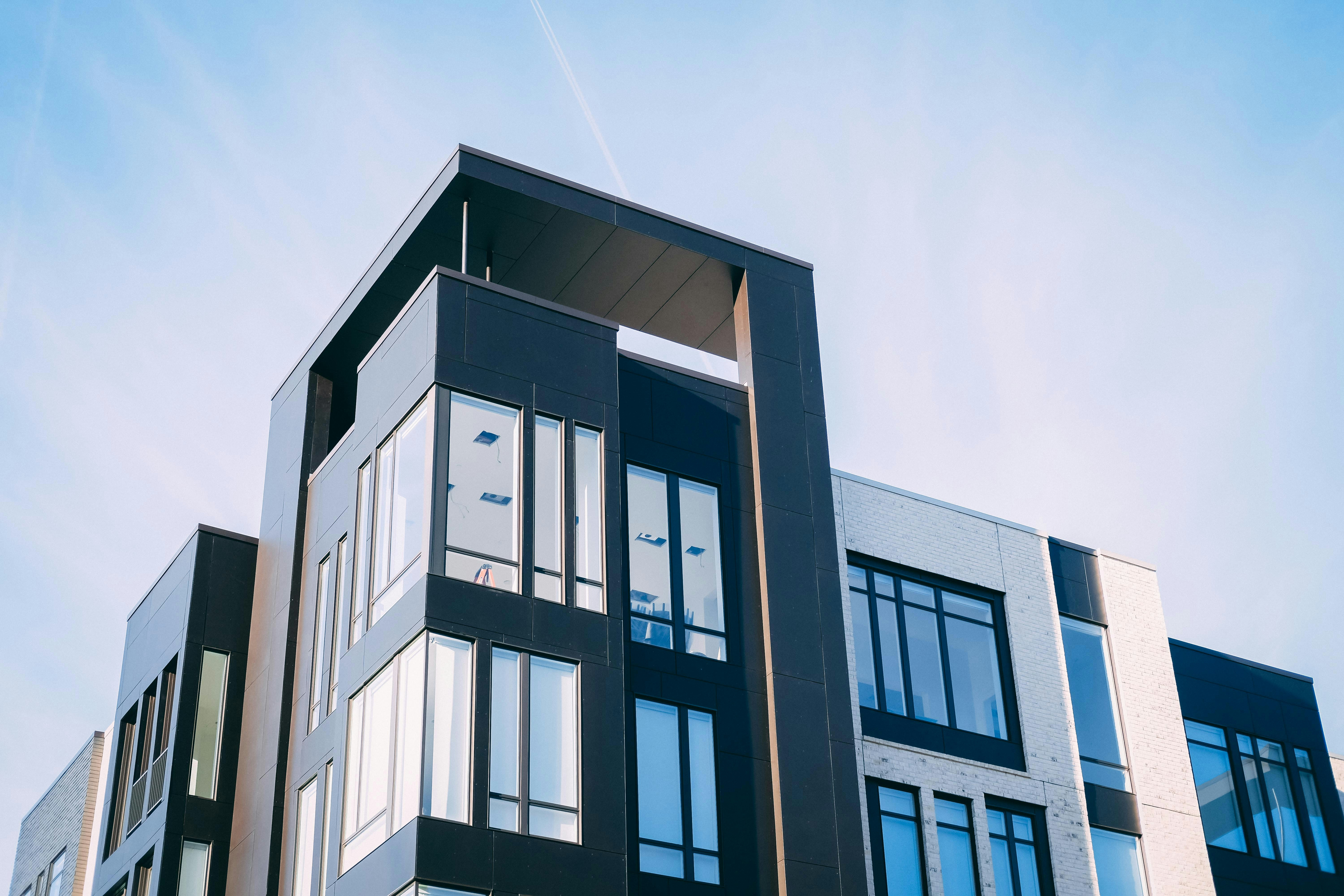In the realm of Architectural Design, the principles of sustainability have emerged as a paramount concern. As we strive towards a greener future, it's imperative to recognize the pivotal role that architectural design plays in shaping our environment. RND Prime Development Corporation stands as a beacon of innovation and sustainability in this landscape, transcending the conventional notions of construction and fit-out. Our commitment to excellence is underlined by a steadfast dedication to integrity, professionalism, and exceeding expectations. As we embark on this journey towards sustainability, let us delve into the intricate fusion of architectural design and environmental consciousness.
The Principles of Sustainable Architecture
Sustainable architecture is founded upon several core principles, each serving as a guiding light towards a greener tomorrow.
- Energy efficiency: At the forefront of sustainable design is the optimization of energy usage, minimizing consumption through strategic planning and innovative technologies.
- Material selection: From the sourcing of raw materials to the end of a building's lifecycle, mindful material selection ensures minimal environmental impact and maximum durability.
- Waste reduction: Embracing the mantra of "reduce, reuse, recycle," sustainable architecture seeks to minimize waste generation throughout the construction process and beyond.
- Indoor environmental quality: Fostering a healthy and comfortable indoor environment is essential for occupant well-being, achieved through proper ventilation, natural lighting, and non-toxic materials.
Architectural Design for Sustainability
At the heart of sustainable architecture lies the art of architectural design, where creativity converges with environmental responsibility. Here, we explore how architectural design can be wielded as a powerful tool for sustainability.
- Integration of passive design strategies: Harnessing the natural elements, such as sunlight and airflow, through thoughtful design interventions reduces reliance on mechanical systems and enhances energy efficiency.
- Utilization of renewable energy sources: From solar panels to wind turbines, incorporating renewable energy sources into architectural design lessens dependence on fossil fuels and mitigates carbon emissions.
- Embracing green building certifications: Certifications like LEED (Leadership in Energy and Environmental Design) and EDGE (Excellence in Design for Greater Efficiencies) provide frameworks for designing and constructing environmentally responsible buildings.
- Incorporating biophilic design elements: By reconnecting occupants with nature through the integration of green spaces, natural materials, and views of the outdoors, biophilic design fosters a sense of well-being and connection to the environment.
RND Prime Development Corporation: Leading the Way in Sustainable Construction
As a stalwart in the construction industry, RND Prime Development Corporation stands at the vanguard of sustainable development, pioneering innovative approaches and setting new benchmarks for excellence.
- Commitment to sustainable practices: Our firm's ethos revolves around a steadfast commitment to sustainability, permeating every facet of our operations from inception to completion.
- Innovative approaches to green building: Through research and development, we continually explore cutting-edge technologies and methodologies to push the boundaries of sustainable construction.
- Case studies of sustainable projects: From eco-friendly residential complexes to energy-efficient commercial buildings, our portfolio exemplifies the tangible impact of sustainable design.
- Future initiatives and partnerships: Looking ahead, we are poised to forge strategic alliances and embark on ambitious ventures that further advance the cause of sustainability in the built environment.
Conclusion
In closing, the fusion of architectural design and sustainability heralds a promising future where buildings are not mere structures but living, breathing entities that harmonize with the environment. As stewards of this planet, it is incumbent upon us to embrace the principles of sustainable architecture and pave the way for a greener tomorrow. Together, let us strive towards a future where every building embodies the ethos of sustainability, leaving a legacy of environmental stewardship for generations to come.




